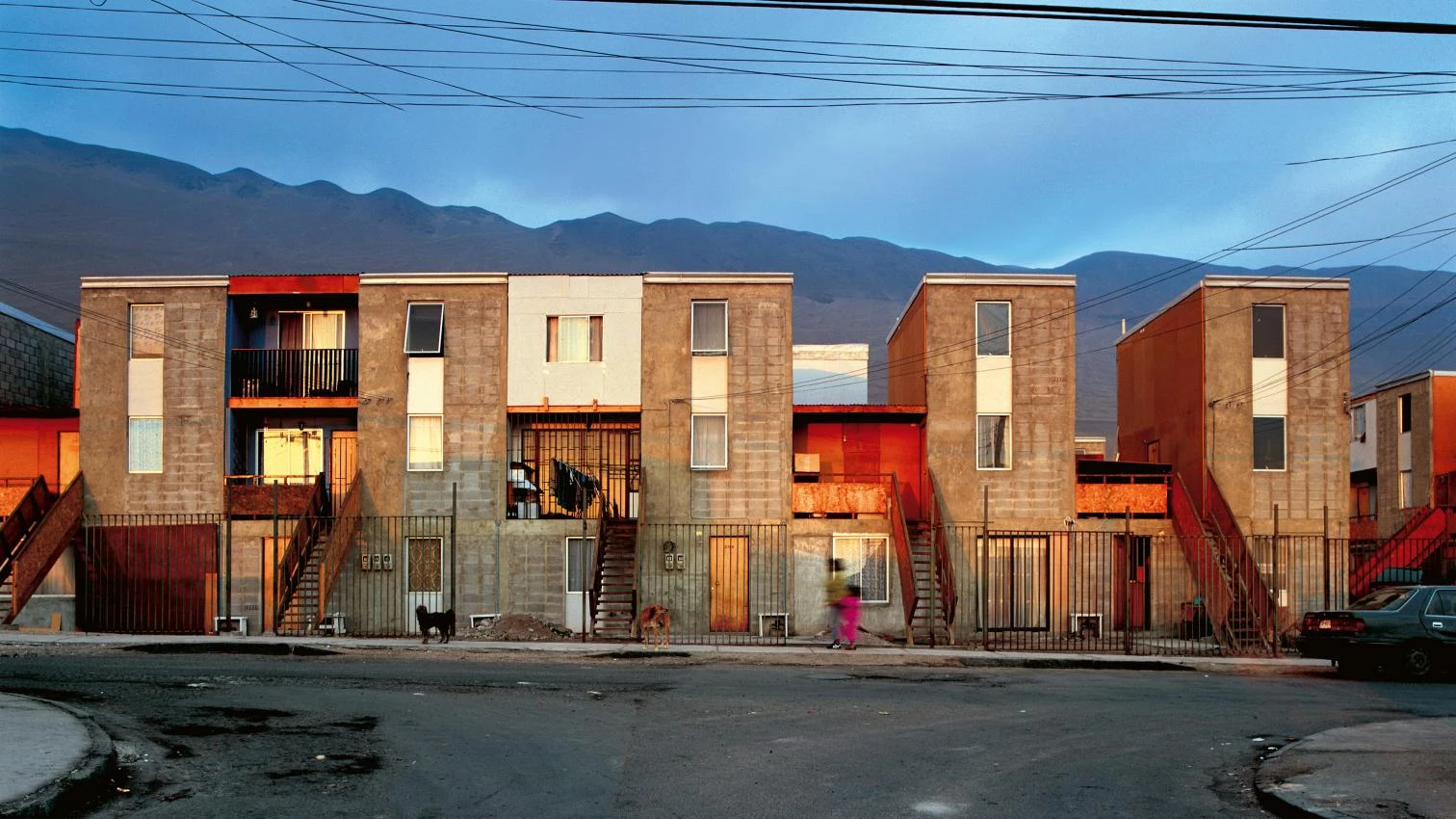
The words ‘resilience’ and ‘sustainability’ are clichés which dominate urbanism today. Everyone is for them, whatever they mean: the United Nations, the Rockefeller Foundation, the builders of Masdar, indeed most builders, tout the pair to legitimate urban developments good, bad or indifferent. The partners in this marriage of clichés are not, however, quite identical. A note sustained in music has the quality of suspending time. So too in building, ‘sustainable’ can mean enduring, permanent, durable. Whereas ‘resilient’ means a recovery from forces or pressures which occur in time. A resilient metal can absorb stresses so that it does not break or become permanently deformed; it springs back. In craftwork, a resilient object can be repaired; so can a resilient environment. It can in time spring back.
Cities are constantly in need of repair – a fact which is not news to any urbanite navigating torn-up streets, suffering from electricity brown-outs, or boarding antiquated public transport.
The urbanist has particular things to learn from the craftsman about how to make a repair. In approaching a broken vase, a craftsman can follow three strategies: restoration, remediation, or reconfiguration. These strategies are just those a citý can use if under attack from climate change or ruptured from within.
These three forms of repair span the gamut from closed to open form. Restoration is a closed kind of repair: the model rules in materials, form, and function; in remediation, the materials are set free but there is still a tight tie between form and function; in reconfiguration, that tie is loosened, even though the materials remain those of the original.
Urban analogues to restoration, remediation, and reconfiguration take us closer to understanding resilience. The simulations for sale in Shanghai of a Victorian village or Bauhaus town are restorations in which the hand of the modern maker is meant to be invisible. Remedial work uses a variety of materials, old and new, but the join between form and function is tight. Reconfiguration of a city employs the open forms, less determinate thanks to incomplete form, more socially interactive due to its porous edges, punctuated by will: the tie between form and function loosens for all these reasons, and the city becomes free to evolve. It opens up.
Lucretius is a good counsellor today in thinking about climate change, particularly about climate change as it affects cities. He recommends we do not fight against that turbulence of time, but rather accept it, live with it, and work with it. That ancient spirit is what the techniques of resilience should aim to recover in the city. The most valuable among them is the craft of reconfiguration.
This text is taken from Building and Dwelling (Penguin Books, 2018)





